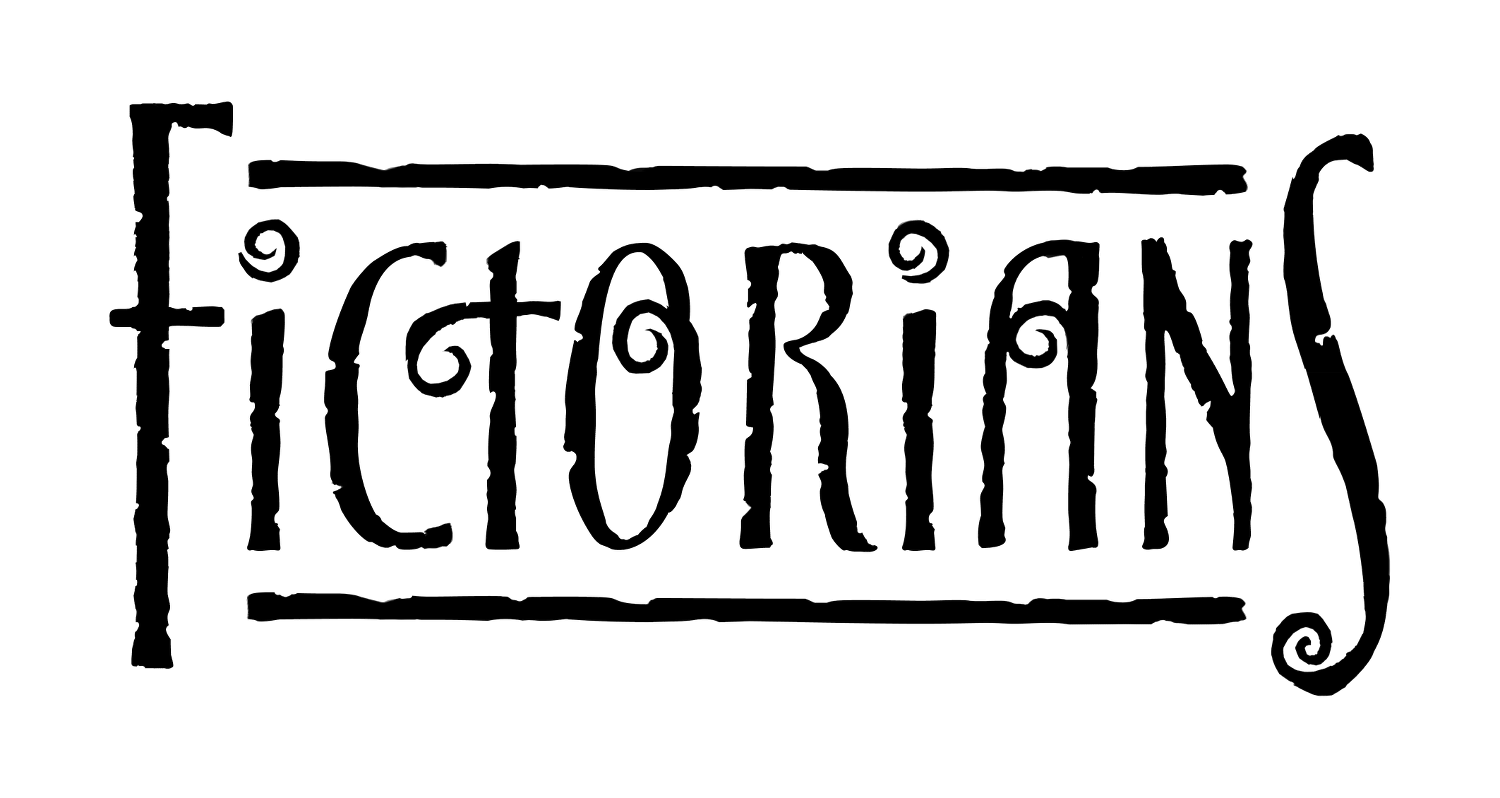Picking up the discussion where I left off before my musing interlude post, I’d like to talk about world-building. The fact that this is a subject that occurred to me may give you a hint that I write fantasy and science fiction. ‘Tis true, I admit. And the label world-building may seem to imply those genres; in fact, when most of us think of “world-building”, I dare say we think of it almost exclusively in terms of F&SF. When we attempt to create a background for a story, we are creating a world for our readers to experience. That’s pretty self-evident if our story is going to be laid on/in Venus, Barsoom, Oz, a dwarf planet circling the star Fomalhaut at a distance of 8.3 AU, Lilliput, or the Hierarchate of High Phalangistan.
Lately, however, I’ve come to the conclusion that, while it is perhaps not so self-evident, all writers practice world-building whenever we commit fiction. Period. No ifs, ands, or buts about it. World-building is not exclusively an exercise for the F&SF writers; instead, it should be the equivalent of the mason’s trowel in our tool-kits.
This is true even if a story is laid in a setting as modern as 2011 New York City. A writer might live in the setting of her story. She might know the setting backwards and forwards, have the most intimate details so ingrained in her memory that she is the consummate authority on that locale. But . . . (you knew there was a ‘but’ coming, didn’t you?) . . . the vast majority of the readers of that story will not have that knowledge. They’ve never been to New York City, and all they know is what they’ve seen in the media; or if they have visited, chances were it was a number of years ago. Either way, their superficial knowledge is hopelessly restricted and obsolete in relation to the author’s up-to-the-minute story requirements. In this situation, readers probably have no hope of understanding many/most of the foundational elements of the story. Unless . . . (surely you saw the ‘unless’ coming) . . . unless the writer builds the scene for them, giving them enough information and description and detail that they can place the characters and events of the story in their proper framework and context.
So we all, we writers, practice world-building when we commit fiction. It is impossible to write good fiction if we don’t. And we need to do it well, for two reasons: first, to play fair with the readers, who are totally dependent on our skills as world-builders to bring that setting alive for them; and second, because even though the vast majority of our readers may not have the knowledge or experience to question what we write, there are always a few out there who will know as much (if not more) than we do, and will happily inform us of our mistakes. Count on it.
Lovely case in point: L. Sprague de Camp wrote one of the earliest and finest alternate history novels ever written, entitled Lest Darkness Fall. It’s an absolute classic, even now, 60 + years after it was first published in book form. (What? You haven’t read it? Tsk. Go read it. Now. I’ll wait.)
Anyway, the story is laid in 6th century Italy, and Sprague researched it to a fair-thee-well. In a bit of biography (that I can’t provide a cite to because my library is packed away for a move) he told the story on himself that, proud of his research, he wrote a bit of dialog in one scene in 6th century Gothic. After the book was published, Sprague received a letter from a professor complimenting him on his use of Gothic, but informing him that he used the wrong grammatical case for that bit of dialog.
There’s always someone out there who knows more about something than you do. Always.
Actually, in the scale of difficulty of world-building, we writers of F&SF may have the easiest time of it, overall, because we can invent our story universe out of whole cloth, if we so desire. (Okay, maybe not all the time, but still . . .)
Writers of historical fiction (including alternate history) probably have the next easiest time of it, because once they do the research to get the big stuff right, most of the details can be invented as part of the story process, and the proportion of experts in the reading public who can catch errors at that level of detail is normally pretty small.
The writers of contemporary fiction may face the biggest challenge today, especially when they’re setting a story in a place they’ve personally never been, because there are potentially hundreds or thousands (if not millions) of readers who can catch them in errors and happily splash it across the internet. To do it right, they often have to do mind-numbing amounts of research to provide the foundations for a story, the results of which will mostly never appear at all.
Well, I’m ready to dive into details of world-building, but it seems I’ve about run out of space today. So, set a place-holder and we’ll resume from here next post.
 and I thought to myself – ‘No, that can’t be right. If I have a genius idea, it’s priceless.’ Right? Wrong.
and I thought to myself – ‘No, that can’t be right. If I have a genius idea, it’s priceless.’ Right? Wrong.